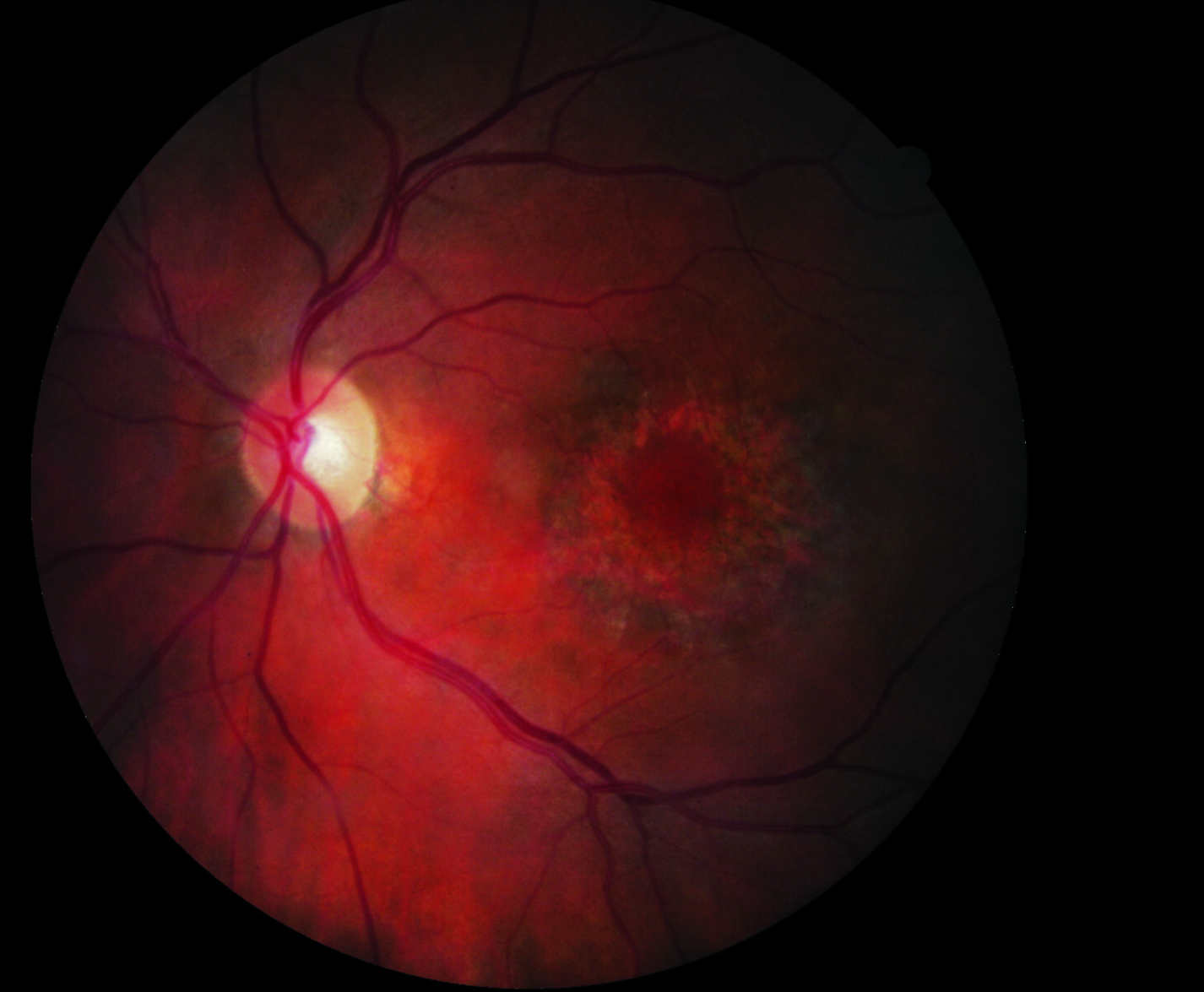 |
|
Data from a new study suggests that to reduce instances of negative outcomes in cases of Plaquenil toxicity, patients with the condition should be monitored more closely. Click image to enlarge. |
Hydroxychloroquine retinopathy, while somewhat rare, still affects about 7.5% of those taking the drug for more than five years. The large base of patients using this medication compels the eyecare community to be more assiduous about monitoring for early signs of adverse effects.
A recent prospective study conducted in the UK sent reporting cards to the country’s ophthalmologists monthly, collecting demographic and clinical data from identified cases over the course of one year. A standard questionnaire was used; to standardize incidence of the disease, a definition of two abnormal tests suggestive of hydroxychloroquine retinopathy was used to identify cases.
Researchers got back 66 cases of reported retinopathy and 24 incident cases of retinopathy were identified. 14 patients were asymptomatic and nine were symptomatic at diagnosis. Visual acuity was not much different between symptomatic and asymptomatic groups due to the fovea being affected only at advanced stage.
When looking at OCT, the external limiting membrane (ELM) is an indicator predicting lower likelihood of disease progression in the case of its preservation. Researchers identified that patients with evidence of ELM disruption at time of diagnosis had significantly worse visual acuity.
The data collected suggests that approximately one in 1655 to one in 3215, or 0.03% to 0.06%, of long-term hydroxychloroquine users were diagnosed with retinopathy over the course of one year. The range is due to adjustment for under-ascertainment of cases and under-reporting.
This study’s lower frequency rate than others presented in recent studies was attributed to multiple factors. First, in the previous studies all individuals received retinal imaging and visual field testing but only 1.9% to 3.8% did so in this study. Another contribution was this study’s distinction of using two abnormal tests rather than one, resulting in fourfold reduction of diagnosis. Finally, this team of researchers only sought incident cases that included a new diagnosis in the one-year period of the study, not prevalent cases.
The frequency of retinopathy at 1.6% suggests that about 1,146 to 1,243 individuals would meet the criteria for definite retinopathy with universal coverage of retinal monitoring. However, 24 to 43 identified cases of this study suggest monitoring coverage to be somewhere between 1.9% and 3.8%.
As such, the researchers advise for more monitoring in cases of taking this drug, which can both detect retinopathy in its early stage before symptoms have developed and detect retinopathy at a stage where the disease won’t progress.
In their paper for the journal Eye, the authors suggest that “increasing access to retinal monitoring using modern retinal imaging techniques will facilitate the detection of early manifestations of hydroxychloroquine retinopathy,” resulting in better patient outcomes. This becomes especially important when considering “the increasing use of hydroxychloroquine in developed countries in the past two decades and low drug discontinuation rates is likely to increase the incidence of hydroxychloroquine retinopathy in the future given the latent period between treatment initiation and the development of retinopathy.”
Yusuf IH, Han RC, Downes SM, Sharma SM. A nationwide survey of hydroxychloroquine retinopathy presenting to the hospital eye service in the United Kingdom. Eye. November 15, 2022. [Epub ahead of print]. |


